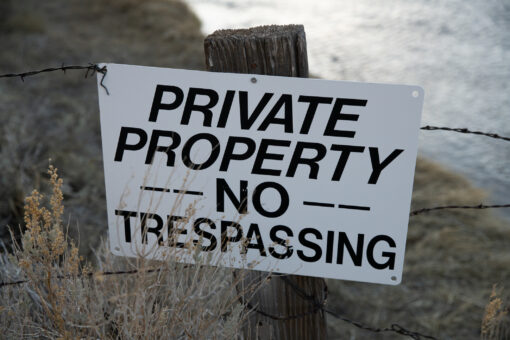Trespassing and breaking and entering are two different but related offenses. A building or dwelling is entered with the use of force, no matter how little, in a break-in. Trespassing merely calls for unauthorized, whether forced or not, access onto another person’s property.
In most places, there must also be criminal intent for it to qualify as breaking and entering. Keep reading to learn more about these crimes – one of which is not specifically a crime in California. Contact Chambers Law Firm at 714-760-4088 if you are being charged with a crime and require the help of a criminal defense attorney.
What Does Breaking and Entering Entail?
Breaking and entering is typically the crime of gaining entry to a building through deception or force, then entering it to conduct a crime. B&E is another name for breaking and entering. Criminal laws in several states specifically prohibit breaking and entering. The offense may be defined slightly differently in each state.
Criminal codes in other jurisdictions, including New York and California, do not expressly forbid breaking and entering. Some states instead criminalize it under other laws, such those against burglary.
Further complicating matters, several states merely require entering a building to commit a burglary. There is no longer a need to break into it. The state of California is one of them. It is crucial to address your unique case with a local criminal defense attorney due to the considerable variety in state legislation.
What Does It Mean to Trespass?
Trespassing is the act of entering or remaining on another person’s property without that person’s consent or legal authorization. The following are the components of the trespassing crime in California: the defendant intentionally invaded another person’s property with the aim to violate that person’s property rights, and the defendant actually violated those rights. Each of these requirements must be proven beyond a reasonable doubt by the prosecutor.
The Differences Between Breaking and Entering and Trespassing
Trespassing and breaking and entering differ in three main ways. Trespassing can occur everywhere, however breaking and entering can only occur within a place and needs the use of force or deception. Moreover, there must be an intent to conduct a crime in order for it to qualify as breaking and entering.
These variations can be extremely minute and subtle. Also, the definition of breaking and entering can vary throughout states. Trespassing is a very minor infraction, but the variations might elevate it to a more serious property crime. The criminal charge can be fought with the aid of an accomplished criminal defense lawyer.
To contact Chambers Law Firm for a free legal consultation, call us at 714-760-4088 or send an email to dchambers@clfca.com.





